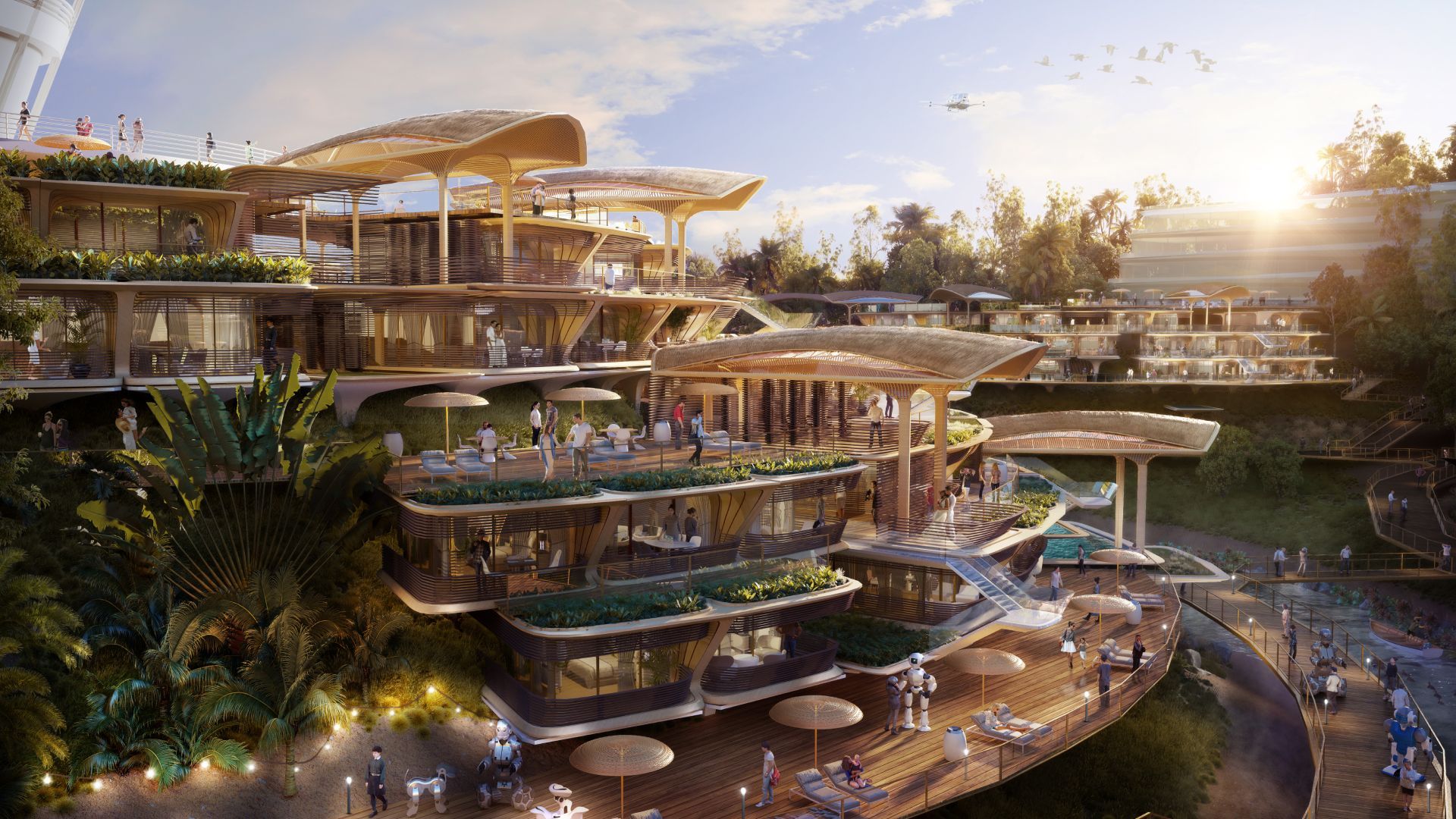Intern Research – Architectural Visualization & Unreal Engine 5.0
Nathaniel King - Architectural Intern
By Private: Nathan King
October 13, 2022Post Tagged in
 |
What is Unreal Engine? Unreal Engine (UE) is a video game development program originally developed for its titular game, Unreal in 1998. After its initial release, the company that would later become Epic Games used the foundation laid in Unreal for game development and applied it to their successor titles, adding-to, revising, & changing the original code. This would build into what is now called Unreal Engine, a freely accessible foundation for game development—but moreover, interactive world creation—that has begun making waves in the Architecture, Engineering, & Construction industries. |



